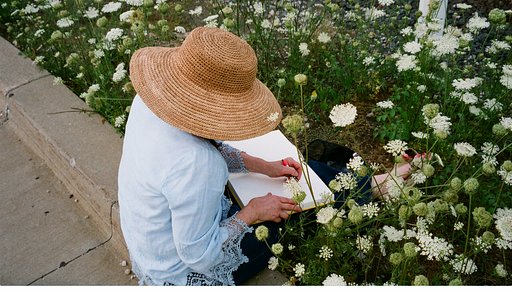Where to get film developed?
There are a lot of places that can process and develop your 35 mm color negative film such as local drugstores or one-hour photo labs.
For other formats, black and white film, slide film, and any film you want cross-processed you will need a professional photo lab. These labs can process, scan, and print any size images from any of these types of film. Feel free to ask your local lab if they would process a specific film format or film experiment for you which may not be listed in their usual rates. If you can’t find a film lab in your area by scouting around (or with a quick online search), there are plenty of reasonably-priced mail-away labs that you can use!
And of course there is our own LomoLab where our friendly lab rats will take care of all your film developing needs across Europe. Whether you shoot 120, 35 mm, or 110 format, color negative, black and white or redscale, we’ve got you covered! We can develop, cross-process, and print special formats like sprocket holes and panoramic scans!

Visit our store locator to find one of our trusted partners near you.
Anything missing?
Can’t find an answer to your question? Or do you have some useful advice to add to one of our courses? We want to build the world’s largest analogue learning space, so please send any further requests or information to school@lomography.com and we’ll take a look!
More Courses
-
Can I change a 110 film cartridge while shooting?
Yes, 110 is the only film format that allows you to easily and safely change the cartridge mid-roll!
-
Where can I get 110 film developed?
Contact your local labs to find out if they develop 110 film, or send it to us at our LomoLab.
-
What are the different photographic film formats?
The three main types of film format are 35 mm, medium format and large format. More unusual formats also exist such as 110 and 127.
-
What is tungsten film?
Most standard films are daylight-balanced, so they tend to capture the yellow-orange cast from tungsten lights. To address this, tungsten film was created to produce color-correct images taken under artificial lighting.
-
Why is there a wider image beneath my 110 film border?
With 110 film it’s normal to see a transparent film border and a wider image visible beneath. This is because 110 film is pre-exposed in order to make printing easier.
-
What is 126 film?
126 film was launched by Kodak in 1963 as a way to simplify the process of loading and unloading film into cameras. Its name comes from the negatives’ dimension of 26.5 mm square. Although companies ceased mass production of 126 format around 2007 to 2008, its cartridge is still known and loved today.
-
What is APS film?
Advanced Photo System or APS film was introduced in 1996 as a “high-tech” or modern alternative to the 126 and 110 film formats. It was 24 mm wide and it introduced many innovations, like the ability to choose exposure lengths and print sizes. Production of new APS film was ceased in 2011.
-
What are the advantages of shooting 110 film?
There are a few advantages to shooting 110 film, including convenience, ease of use and of course that beautiful grain!
-
How do I load 110 film into my camera?
To load a 110 film into your camera, simply open the back cover of the camera, pop the cartridge inside, close the cover, and then wind the film until you reach the first frame.





